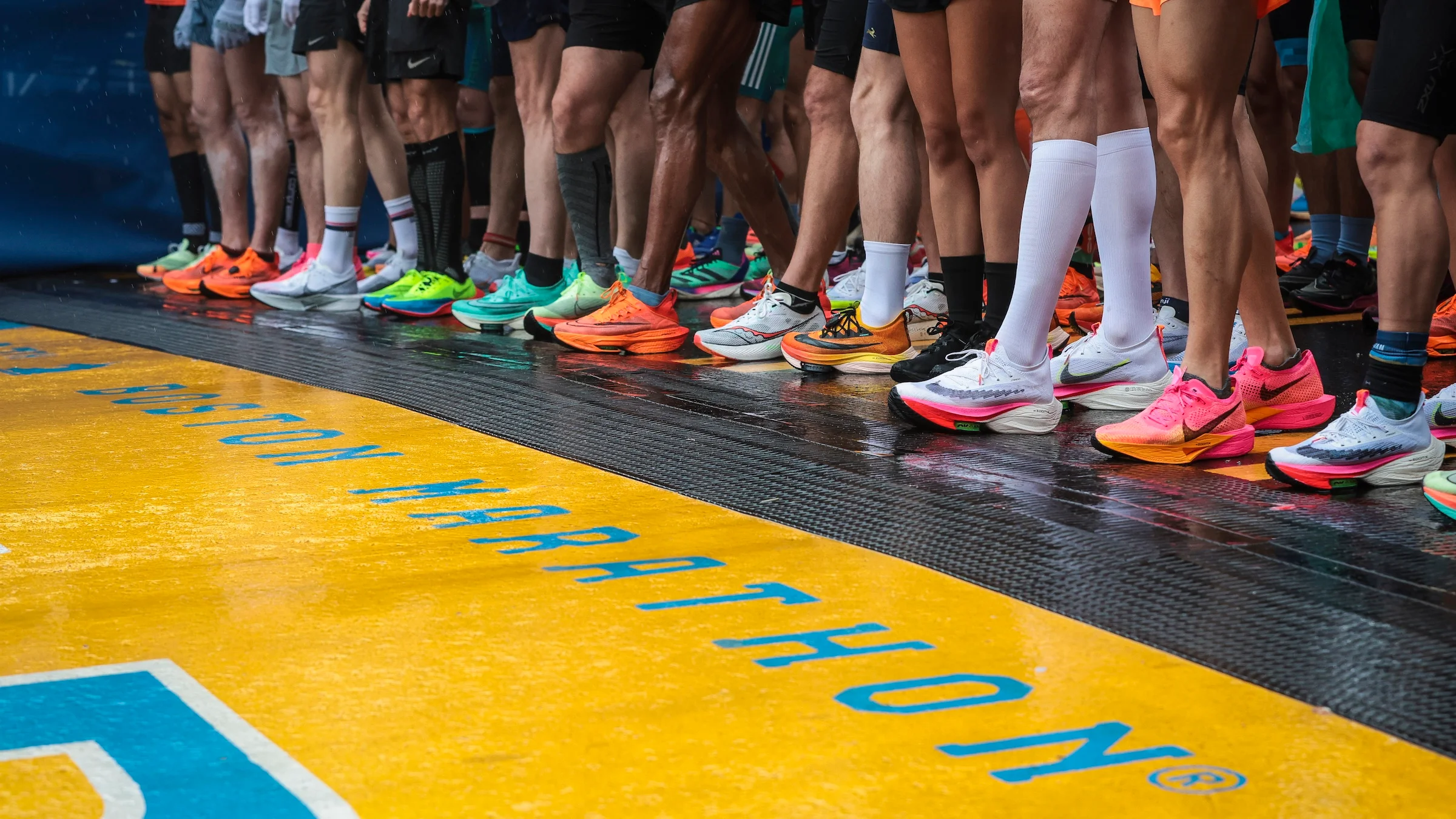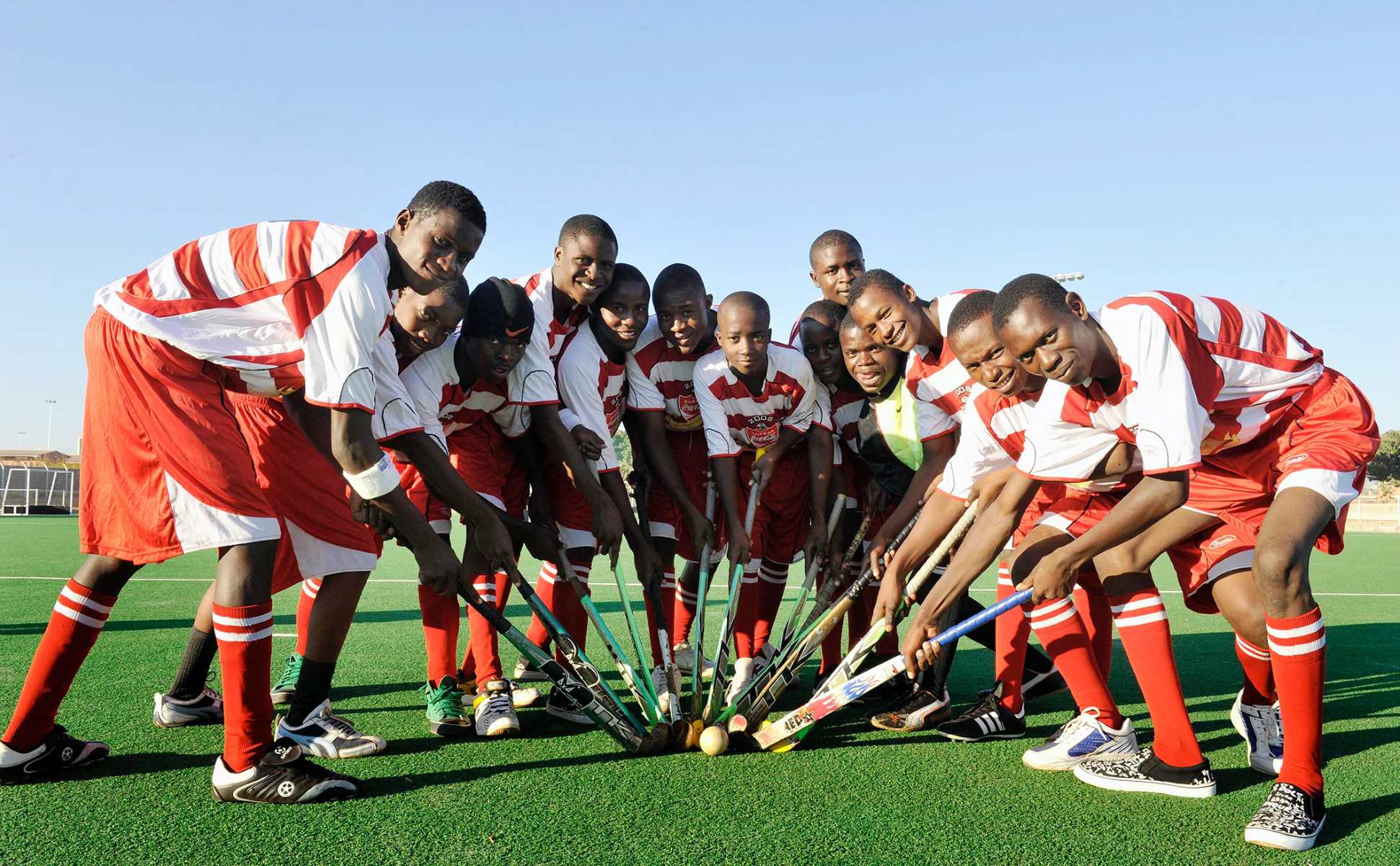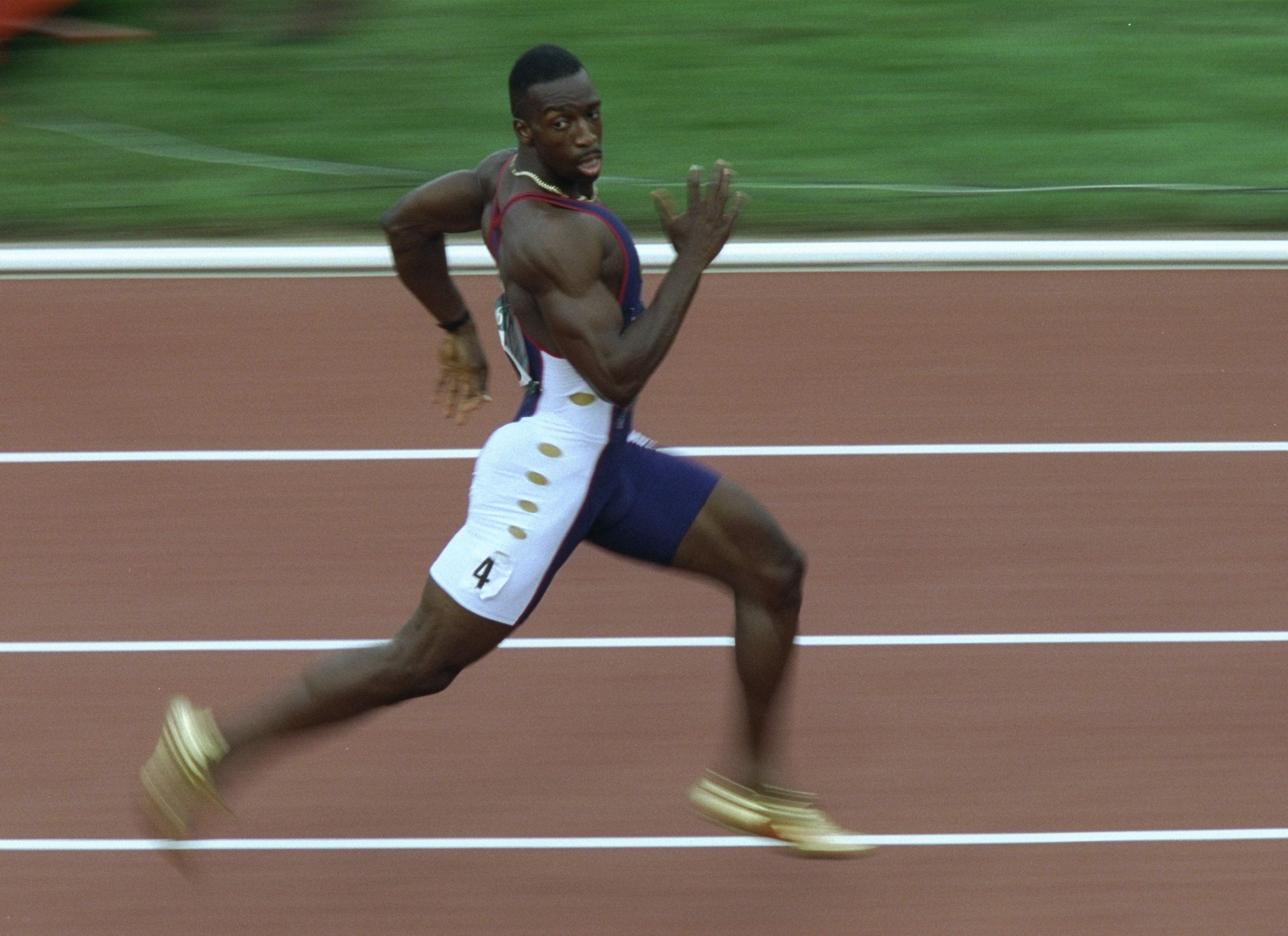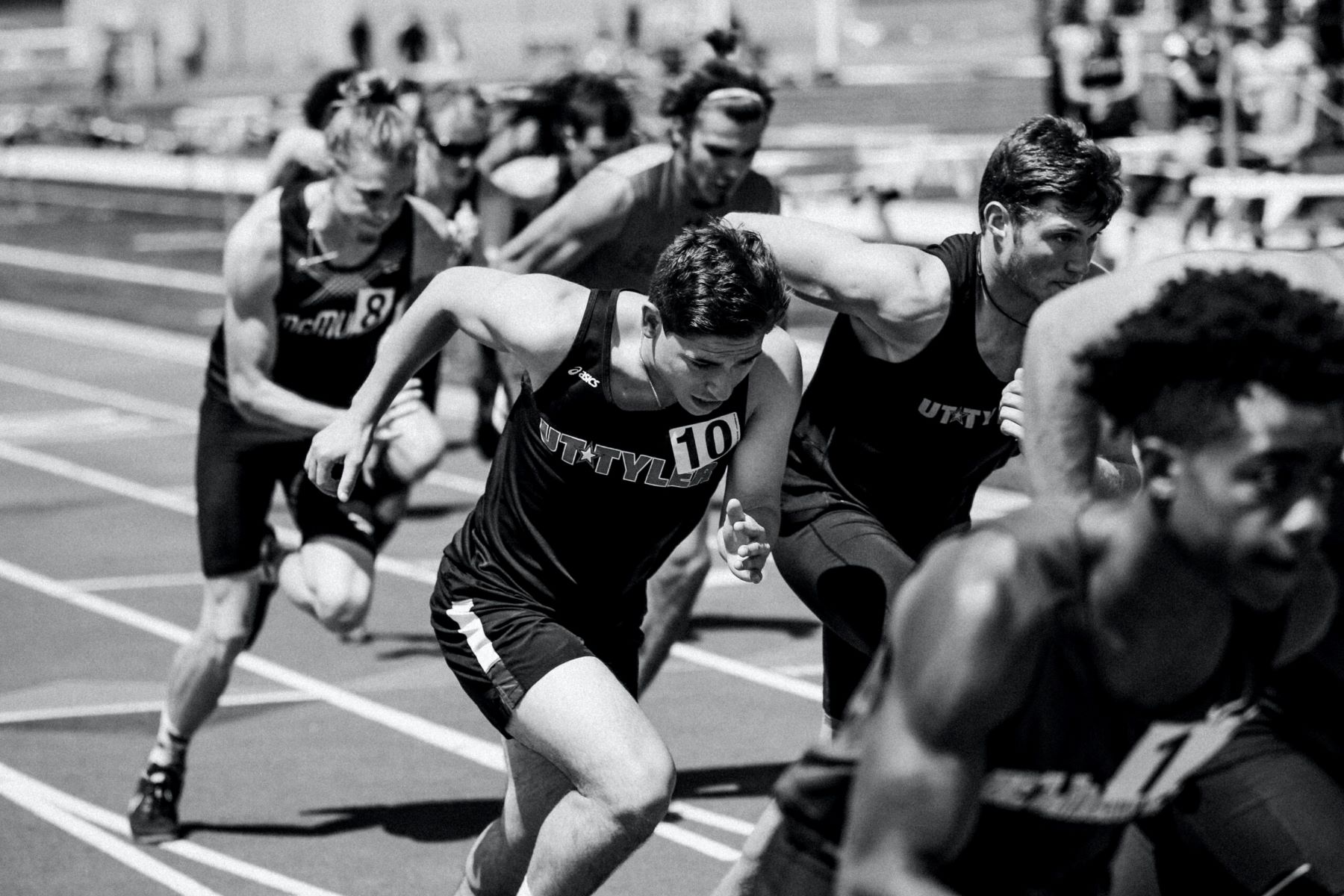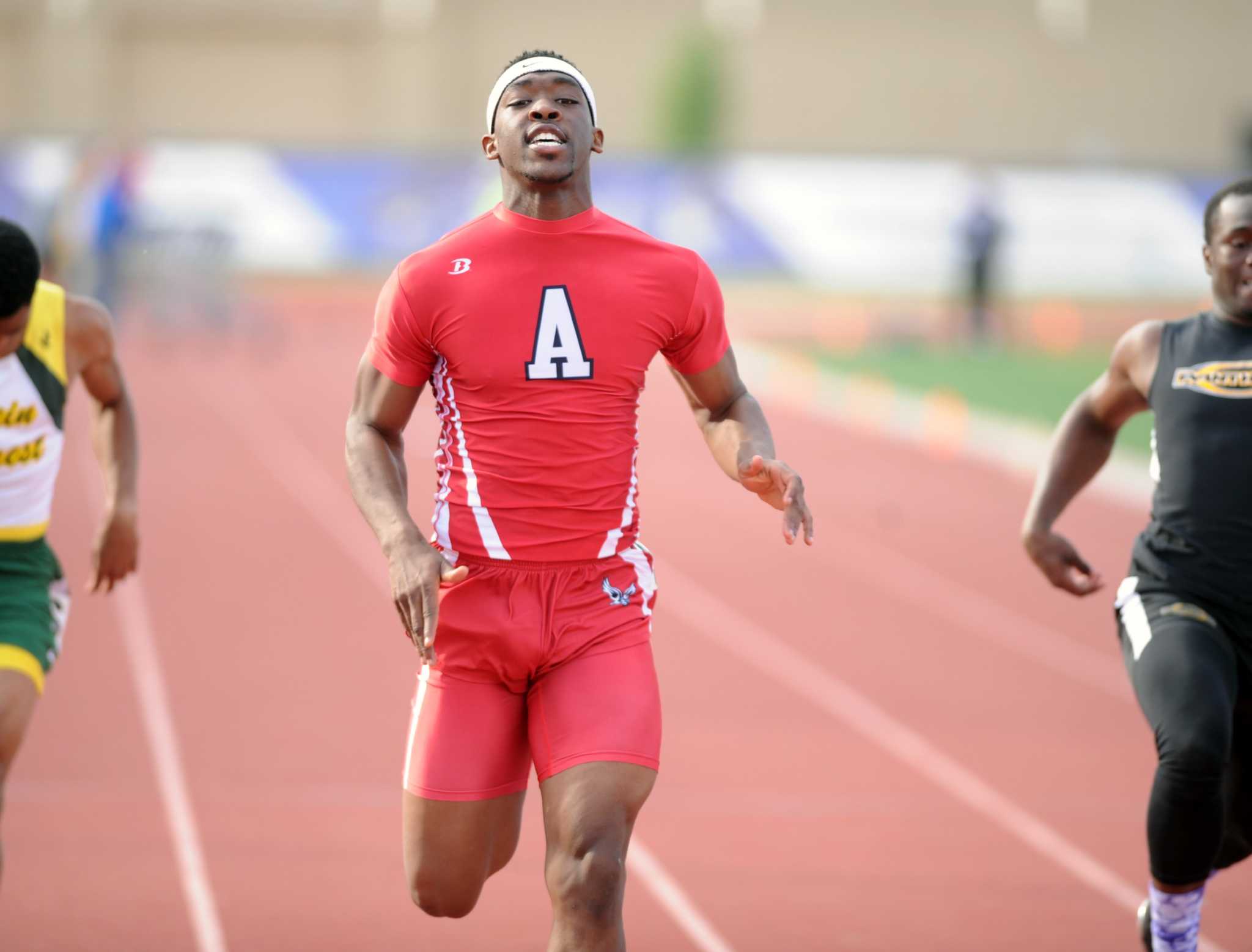Home>Misc>Featured>Which Is The Better Sport? Track And Field Or Basketball


Featured
Which Is The Better Sport? Track And Field Or Basketball
Published: September 7, 2023
Discover the ultimate showdown between track and field and basketball! Find out which sport is crowned the best in this exciting featured article.
Introduction
Sports play a significant role in our lives, bringing people together and providing a platform for competition and entertainment. When it comes to choosing a favorite sport, individuals often find themselves faced with a tough decision. One of the common debates revolves around the comparison between track and field, a sport centered around individual athletic performance, and basketball, an exhilarating team sport. Each sport has its unique charm and attracts a dedicated following.
In this article, we will delve into the world of track and field and basketball, exploring the different aspects that make them both enjoyable and challenging. From the skills required to the physical demands placed on athletes, we will delve into the mental aspects and team dynamics of each sport. Additionally, we will consider the popularity and accessibility of both sports. By the end of this article, readers will have a deeper understanding of the unique qualities that make track and field and basketball stand out.
So, whether you are a fan of the intensity and precision of track and field or the fast-paced action and teamwork of basketball, let’s dive into this discussion and explore which sport comes out on top.
Track and Field
Track and field is a classic sport that dates back to ancient times, where athletes compete in various events that showcase their speed, strength, and agility. From sprinting to jumping, throwing, and distance running, track and field encompasses a wide range of disciplines that challenge athletes both physically and mentally.
One of the standout features of track and field is the individual nature of the sport. Unlike team sports, such as basketball, track and field athletes compete against their own personal bests and strive for personal achievements. This aspect of the sport emphasizes self-discipline and self-improvement, pushing athletes to constantly raise the bar and set new records.
The range of events in track and field provides athletes with the opportunity to specialize in their preferred discipline. Sprinters focus on explosive speed, aiming to cross the finish line before anyone else. Jumpers showcase their power and technique in events like the long jump and high jump, aiming to clear impressive distances or heights. Throwers exhibit their strength and precision by launching objects like the discus or javelin as far as possible. Distance runners demonstrate endurance and stamina, competing in events like the 5000-meter or marathon.
Track and field also requires athletes to have a strong mental game. The pressure of competing in individual events, coupled with the need for precise technique and split-second decision-making, can be mentally challenging. Athletes must learn to block out distractions, maintain focus, and handle the stress of high-stakes competitions.
Furthermore, track and field events often captivate audiences through their sheer athleticism and display of physical prowess. The intense bursts of speed during sprints, the grace and power exhibited by jumpers, and the raw strength demonstrated by throwers make track and field a visually captivating sport.
Overall, track and field offers athletes a platform to showcase their individual skills, push their physical and mental limits, and inspire spectators with their incredible performances. It is a sport that celebrates the triumph of the individual and highlights the beauty of human athleticism.
Basketball
Basketball, often referred to as “the beautiful game,” is a fast-paced and dynamic team sport that has captured the hearts of millions worldwide. With its high-scoring nature and focus on teamwork, basketball provides an exhilarating and entertaining experience for both players and fans.
One of the defining features of basketball is its emphasis on teamwork. As a team sport, basketball requires players to work together seamlessly, communicating effectively and coordinating their actions on the court. From executing precise passes to setting screens and making split-second decisions, basketball demands a high level of collaboration and chemistry among its players.
Another captivating aspect of basketball is its fast-paced and fluid style of play. With a 24-second shot clock, teams must make quick decisions and execute their plays with speed and precision. The constant movement, dribbling, passing, and shooting create an electrifying atmosphere, keeping spectators on the edge of their seats.
The skill set required in basketball is diverse and multifaceted. Players must possess a combination of athleticism, agility, and basketball IQ to excel in the sport. Dribbling skills enable players to navigate the court and evade defenders, while shooting accuracy and range are essential for scoring points. Rebounding, defense, and court vision are also crucial skills that contribute to a player’s overall effectiveness on the court.
Basketball also incorporates strategic elements, with teams devising plays and adjusting strategies on the fly. Coaches analyze opponents’ strengths and weaknesses, forming game plans to exploit their vulnerabilities and neutralize their strengths. This strategic component adds depth to the sport, making it both mentally stimulating and challenging.
Moreover, basketball has gained immense popularity globally, with professional leagues such as the NBA attracting millions of fans. The accessibility of the sport, with courts available in parks and recreational centers, creates opportunities for individuals of all ages and skill levels to participate and enjoy playing the game.
In summary, basketball’s emphasis on teamwork, its fast-paced and fluid style of play, diverse skill set requirements, and global popularity make it a beloved sport across the globe. The combination of athleticism, strategy, and camaraderie makes basketball a thrilling and captivating experience for players and fans alike.
Comparison of Skills
When comparing track and field to basketball, it is essential to consider the unique skills required in each sport. While both sports demand athleticism and dedication, the specific skills needed differ significantly.
In track and field, athletes must possess exceptional speed, power, agility, and endurance, depending on their chosen discipline. Sprinters rely on explosive bursts of speed, while jumpers need a combination of strength, technique, and timing to achieve impressive distances or heights. Throwers must have strong upper body strength and precise throwing techniques, while distance runners require stamina and the ability to maintain a consistent pace over long distances.
In contrast, basketball requires a different set of skills. Players must have excellent hand-eye coordination, quick reflexes, and agility to navigate the court and evade opponents. Dribbling, shooting, and passing are fundamental skills that players must master to be effective contributors on the court. Additionally, basketball players need to develop spatial awareness, court vision, and decision-making skills to capitalize on scoring opportunities and create plays for their teammates.
While track and field focuses on individual performance, basketball is a team sport that demands strong communication, collaboration, and understanding between players. The ability to work cohesively as a team, anticipate teammates’ movements, and make split-second decisions is crucial to succeeding in basketball.
It is worth noting that both track and field and basketball require mental toughness and discipline. Athletes in track and field must deal with the pressure of competing individually and perform at their best when it counts. In basketball, players face the challenge of maintaining focus amidst fast-paced action and making sound decisions in high-pressure situations.
In summary, while track and field emphasizes individual physical capabilities such as speed, strength, and technique, basketball highlights a combination of technical skills, team dynamics, and mental agility. Both sports offer unique opportunities to develop and showcase different skill sets, providing athletes with diverse avenues for self-expression and athletic achievement.
Physical Demands
Both track and field and basketball place significant physical demands on athletes, albeit in different ways. The nature of the sports determines the specific physical abilities required to excel.
In track and field, athletes participate in events that test their speed, strength, agility, and endurance. Sprinters undergo rigorous training to improve their explosiveness and ability to generate maximum speed in a short period. Jumpers need powerful leg muscles and precise technique to execute explosive takeoffs and landings. Throwers require strong upper body strength and coordination to generate maximum force and accuracy in their throws. Distance runners, on the other hand, must possess exceptional cardiovascular endurance to maintain a steady pace over long distances.
On the basketball court, players engage in a combination of aerobic and anaerobic activity. Constant movement, sprinting, and jumping require cardiovascular endurance, leg strength, and explosive power. Dribbling the ball and making quick changes in direction demands coordination, balance, and agility. Defensive maneuvers, such as blocking shots and fighting for rebounds, require physical strength and resilience.
It is important to note that the physical demands of each sport are suited to different body types. Track and field athletes come in a range of body compositions, with sprinters typically displaying more muscular builds and jumpers often possessing long limbs and explosive power. Basketball, on the other hand, caters to a variety of body shapes and sizes, with players utilizing their unique strengths and skills to excel in their respective positions.
While track and field events may appear to be shorter in duration compared to basketball games, it is important to recognize the intensity of individual efforts in track and field. Sprinters push their bodies to maximum exertion in a matter of seconds, while long-distance runners endure the physical demands of maintaining a fast pace over prolonged periods of time.
In summary, both track and field and basketball impose significant physical demands on athletes, with each sport requiring specific physical attributes and capabilities. Whether it is the explosive power and speed of track and field or the aerobic endurance and agility of basketball, athletes in both sports must undergo rigorous training and conditioning to meet the physical challenges presented by their chosen discipline.
Mental Aspects
The mental aspects of sports play a vital role in an athlete’s performance, and both track and field and basketball require a strong mental game.
In track and field, athletes face the challenge of competing as individuals, relying on their own physical and mental abilities to excel. The pressure to perform at their best and achieve personal goals adds an extra layer of mental stress. Track and field athletes must develop mental toughness to block out distractions, maintain focus, and overcome self-doubt. Furthermore, the split-second decision-making required in events like sprints and jumps adds a level of mental agility and quick-thinking to the sport.
In contrast, basketball is a team sport that demands effective communication, cooperation, and adaptability among teammates. Players must possess the mental ability to read the game, anticipate opponents’ moves, and react accordingly. This requires strong court vision, situational awareness, and the ability to make split-second decisions under pressure. Additionally, basketball players must exhibit mental resilience to handle the ups and downs of the game, bouncing back from mistakes and maintaining confidence during high-stakes situations.
Mental preparation and visualization techniques are important aspects for both sports. Athletes use mental imagery to visualize their performance, imagine success, and mentally rehearse their strategies and techniques. This mental visualization helps to build confidence, enhance focus, and improve performance.
The mental aspects in both sports also include dealing with setbacks and adversity. In track and field, athletes may face challenges such as injuries or personal obstacles, requiring mental strength and resilience to overcome these hurdles and continue pursuing their goals. Similarly, basketball players must learn how to bounce back from losses, handle criticism, and maintain a positive mindset to grow and improve as a team.
Overall, both track and field and basketball require a strong mental game, although in different ways. Track and field athletes must harness mental toughness and quick decision-making skills as individuals, while basketball players need to exhibit strong communication, adaptation, and resilience as part of a team. Cultivating mental strength and utilizing visualization techniques can enhance performance and help athletes thrive in their chosen sport.
Team Dynamics
In the realm of sports, team dynamics play a crucial role in achieving success, and this holds true for both track and field and basketball, although in different ways.
In track and field, the focus is primarily on individual performance, with each athlete competing against their own personal bests and aiming for personal achievements. However, team dynamics still play a role in this sport. Athletes often train together, providing support and motivation to one another. Coaches and teammates offer guidance, feedback, and create a competitive environment that pushes each athlete to perform at their best. While individual events dominate, the camaraderie and sense of belonging to a team can foster a supportive and competitive atmosphere in track and field.
On the other hand, basketball thrives on the dynamics of teamwork. Players must work together cohesively, communicate effectively, and understand each other’s strengths and weaknesses. Each player has a specific role and responsibilities within the team’s strategy, whether it is setting screens, rebounding, or scoring. The success of a basketball team often hinges on how well players can sync their movements, anticipate each other’s actions, and collaborate on the court. The chemistry among teammates can make or break a team’s performance in basketball.
The team dynamics in basketball extend beyond the players on the court. Coaches play a vital role in shaping team strategy, planning practices, and providing guidance to players. They impart valuable knowledge and tactics, encouraging teamwork and developing a cohesive unit. Additionally, the support of the entire coaching staff, including assistant coaches and trainers, contributes to the overall team dynamics.
Moreover, the bonding and camaraderie fostered within a basketball team can have a significant impact on performance. Team-building activities, shared experiences, and a sense of belonging instill trust, communication, and a collective sense of purpose among teammates. These intangible factors can elevate a team’s performance and contribute to a winning culture.
It is worth noting that while track and field may not have the same level of direct dependence on team dynamics as basketball, athletes in track and field often draw inspiration from the success and achievements of their fellow teammates. The sense of belonging to a larger team or club can provide motivation and support, inspiring athletes to excel in their own individual events.
In summary, while team dynamics play a different role in track and field and basketball, they are essential elements of both sports. In track and field, team dynamics contribute to a supportive and competitive training environment, while in basketball, teamwork and communication are fundamental to success. Cultivating strong team dynamics can foster unity, motivation, and a winning culture in both sports.
Popularity and Accessibility
Popularity and accessibility are important factors to consider when comparing track and field to basketball. These aspects can impact the level of participation, fan base, and overall reach of each sport.
Basketball enjoys immense global popularity and has a widespread following. The National Basketball Association (NBA) is one of the most prestigious and well-known professional sports leagues worldwide, attracting millions of fans. The sport’s popularity is further heightened by international competitions such as the FIBA Basketball World Cup and the Olympic Games. The visibility and media coverage of basketball contribute to its widespread recognition and fanbase.
Accessibility is another strength of basketball. The sport can be played on various levels, from professional leagues to community-based recreational leagues, making it accessible to individuals of different ages and skill levels. Basketball courts are prevalent in schools, parks, and recreational centers, providing opportunities for people to engage in the sport and enjoy playing with friends and teammates. The ease of finding basketball courts and joining local leagues enhances the accessibility and participation in the sport.
On the other hand, track and field may not enjoy the same level of popularity as basketball in terms of spectatorship and media coverage. However, it remains a staple of major sporting events such as the Olympics, World Championships, and major meets like the Diamond League Series. These international competitions provide a platform for athletes to showcase their talents on a global stage and attract dedicated fans.
In terms of accessibility, track and field can be seen as more accessible in certain aspects. The basic skills needed for track and field events, such as running, jumping, or throwing, are natural movements that many individuals already possess or can easily learn. Track and field facilities can be found in many communities and schools, and individuals can participate in recreational leagues or organize informal competitions. Additionally, track and field events often have different age categories and divisions, allowing people of various age groups to participate and compete.
Furthermore, track and field serves as a foundation for other sports. The skills and athletic development gained through track and field can be transferrable to other sports, such as soccer, football, and basketball, providing athletes with a solid foundation for overall athletic development.
In summary, basketball’s global popularity, strong fan base, and widespread accessibility contribute to its broad reach and participation. On the other hand, while track and field may not boast the same level of popularity as basketball, it remains accessible on various levels and serves as a fundamental sport that lays the groundwork for overall athletic development.
Conclusion
Both track and field and basketball offer unique experiences for athletes and fans, each with its own set of captivating qualities. Track and field provide a platform for individual performance, where athletes can showcase their speed, power, and agility. On the other hand, basketball thrives on teamwork, fast-paced action, and strategic gameplay.
The skills required in track and field encompass a range of disciplines, focusing on individual prowess and self-improvement. The physical demands of track and field events highlight the athletes’ raw athleticism and determination. The mental aspects of the sport, such as mental toughness and decision-making, play a crucial role in achieving success.
Meanwhile, basketball emphasizes teamwork and coordination, with players relying on their abilities to communicate, adapt, and execute plays as a collective unit. The fast-paced and dynamic nature of the sport creates an electrifying atmosphere that captivates both participants and spectators. The mental aspects of basketball, including court vision, decision-making, and resilience, contribute to its overall appeal.
Both sports have their own fan bases and level of accessibility. Basketball’s global popularity and widespread availability of courts make it accessible to individuals of all ages and skill levels. Track and field, although may not enjoy the same level of popularity as basketball, offers accessibility through its natural movements and the wide availability of facilities.
In conclusion, the choice between track and field and basketball ultimately comes down to personal preferences and individual interests. Both sports offer unique experiences, whether it is the individual achievements and physical prowess of track and field or the teamwork and fast-paced action of basketball. Whichever sport individuals choose to pursue, they are bound to find a fulfilling and exhilarating athletic journey.
